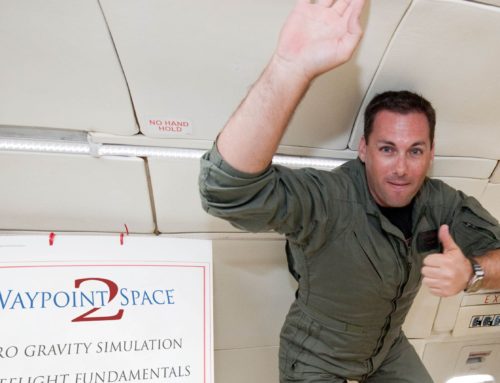A successful launch and a separate in-orbit rendezvous on Sunday, both funded largely with corporate dollars, are accelerating what amounts to the privatization of NASA’s current human spaceflight efforts.
Orbital Sciences Corp. became the second commercial entity to send a spacecraft to the international space station, with its Cygnus cargo vehicle executing a series of slow-motion maneuvers to link up with the orbiting laboratory. One week after a computer-software problem delayed the rendezvous 250 miles above the earth, Cygnus moved within about 33 feet of its destination where it was grabbed by a robotic arm overseen by two astronauts aboard the space station at around 7 a.m. Eastern Daylight Time.
Five hours later, Space Exploration Technologies Corp. scored its own coup with the maiden flight of its largest, most powerful rocket yet. SpaceX, as the company is called, is betting the design of its revamped Falcon 9 will become the centerpiece of a stepped up mission schedule for the Pentagon, National Aeronautics and Space Administration and a host of commercial customers. The closely held company made history last year by becoming the first nongovernmental spacecraft operator to successfully transport cargo into orbit.
The Falcon 9 that blasted off from Southern California’s Vandenberg Air Force Base—carrying a small Canadian government research satellite—has engines roughly 50% more powerful than its predecessor. The changes to the rocket are aimed at improving capacity and reliability, while simultaneously accelerating manufacturing.
Taken together, the latest accomplishments buoy prospects for further privatization of U.S. civilian space efforts, according to industry officials. “It shows private industry is motivated to succeed in space, when they get paid for results,” according to James Muncy, an industry consultant and former House staffer who is an advocate of privatizing many of NASA’s core tasks. “The agency no longer can afford to do it the old way” and directly run all major initiatives.
Under President Barack Obama, NASA changed course years ago to rely on private industry to design, build and operate the equivalent of space taxis and trucks to reach low-earth orbit. Such expenditures are an integral part of NASA’s strategy to husband its resources for more-ambitious missions to explore deeper space.
But now that both companies have demonstrated their prowess in carrying cargo into orbit, they confront the same challenge: building enough spacecraft and launching them at a rapid enough clip to fulfill existing contracts and subsequent options with NASA. Even before Sunday’s success, NASA had committed to spend a total of more than $3.5 billion on Orbital and SpaceX cargo missions over several years.
Orbital has invested about $500 million and NASA an additional $285 million in the 17-feet-long Cygnus and the company’s two-stage Antares rocket.
Orbital, which is about two years behind its original schedule with NASA, is looking to make up time by blasting Cygnus into orbit again from the same launch complex off the Virginia coast before the end of the year. That would be an unusually fast turnaround. After that, Orbital is scheduled to complete two more supply trips by the fall of 2014 using the same version of its Antares rocket.
For Orbital, Sunday’s delivery of food, clothing and student experiments was the climax of more than five years of roller-coaster development and testing efforts. Best known for producing smaller satellites and less-powerful rockets, the company struggled to overcome serious engine problems that afflicted Antares, nagging launchpad delays and other technical challenges.
SpaceX, for its part, already has completed a pair of regular resupply missions to the station and is slated to send three more of its unmanned Dragon capsules there by next fall.
Started with a handful of employees near a strip mall 11 years ago, SpaceX is considered a pioneer of commercial-space endeavors, with more than 1,000 employees, a nearly one million square-foot California manufacturing complex, an engine-testing facility in Texas and an outsize lobbying presence on Capitol Hill.
SpaceX maintains that its vertically integrated manufacturing system—which produces and assembles more than 70% of each launch vehicle at the company’s Hawthorne, Calif., complex—gives management greater control over quality and schedules than its rivals. According to company documents, it already produces more rocket engines than any other U.S. manufacturer and is set up to eventually achieve a pace of building 40 rocket cores annually.
The only portion of the Falcon 9 launch that went awry was the optional effort to try to retrieve the second stage, after it had completed its job and was plunging back to Earth. The recovery system failed to slow down its descent, as part of SpaceX’s broader effort to develop techniques to capture, overhaul and ideally reuse portions of the rocket for later missions.
By Andy Pasztor
For the original article click HERE


